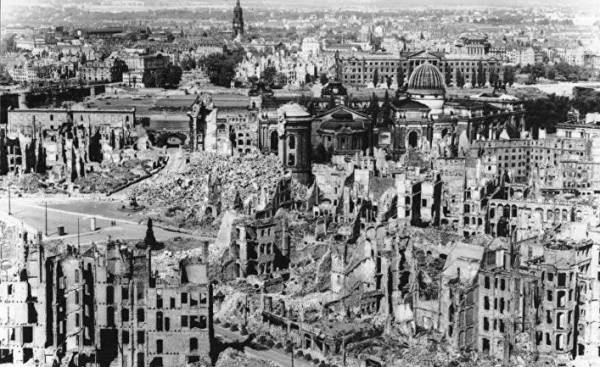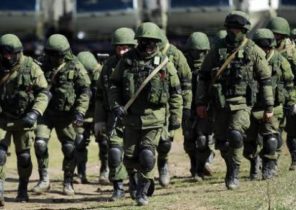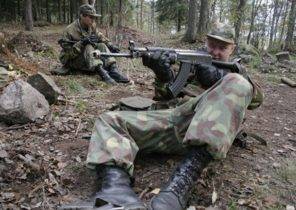
The University of Helsinki has published the first study on an international scale the impact of the aftermath of world war II on the environment.
The study says that world war II had a profound impact on nature not only directly in the war zone and on the inner fronts of the warring States, but also on the nature of those territories, where the military industry. World war I created the dump on a world scale, which was formed from the front lines of derelict, half-sunken ships, and devastated military bases and bombed-out cities of Europe and Asia.
“This global dump is still not cleared properly. Work continues in the Finnish Lapland, and on both sides of the Eastern border, and transferred to the Islands in the Gulf,” writes one of the authors, associate Professor economic and social history Simo LAAKKONEN (Simo Laakkonen).
The war was fought not only with guns, but with the help of shovels, hoes and earth moving machines. Soldiers, prisoners of war and prisoners built around the world roads, Railways, ports and airfields through which the harmful substances typical of industrial society, spread out on a brand new, untouched territory.
The magnitude of the Second world war was huge. It was a humanitarian tragedy that claimed 50-70 million lives.
Nuclear weapons is the biggest threat to the environment
World war gave rise to such environmental problems on a world scale, as the chemicals used in industrial production, the use of toxic substances harmful to the environment, and the fallout.
“The most dangerous and longest of the threats to the environment that gave rise to the war, of course, is to develop nuclear weapons,” says LAAKKONEN.
Before the Second world pest control was conducted mainly by natural means. During the war, began to fight the spread of typhus (from lice) and malaria (mosquitoes), and then and pests in agriculture with DDT and other pesticides.
Anxiety about the end of the world — the beginning of the policy on the protection of the environment
The war forced people to think about the manmade end of the world, which in turn led to the activation policy for the protection of the environment worldwide.
“World war had a serious impact on the culture. She has created a completely new concept of ecological catastrophe, anxiety about the possibility of the end of the world, which may occur because of the person. Then it turned into a wide-ranging discussion on environmental issues,” says LAAKKONEN.
According to researchers, a world war seriously affected the study of modern problems of ecology and ways of their solution in terms of the cold war and after its end.
In the recently published book “Long shadows: the story of global ecology of the Second world war” (The Long Shadows: A Global Environmental History of the Second World War) examines the impact of military infrastructure on the environment in the Arctic, India and the Pacific.
The book also describes the impact of extraction of raw materials for Canada, Japan, Mexico and the Caribbean, as well as on the war-induced food crises in Africa, the Soviet Union and China.
A new book by associate Professor of social and political Sciences Simo of LAAKKONEN and associate Professor of ecology, University of Turku Timo was Vuorisalo (Timo Vuorisalo) is a continuation of the previously written book, “Ecology of war: environmental history of modern warfare” (Sodan ekologia: nykyaikaisen sodan ympäristöhistoriaa).







